In This Issue
Flanigan’s Eco-Logic
Chipping Away at My Footprint
Overview of the EV Market
Global EV Market Leaders
EVs in a Down Domestic Market
Overcoming Range Anxiety
Charging Options
Affordable Economics

Flanigan’s Eco-Logic: To Catch a Thief
Here’s a very Happy New Year to you and yours. May 2018 be a terrific year for all… especially for those dedicating their careers to greening the planet! Our mission is obviously all the more important.
You probably had a similar experience this Christmas. Online shopping is having a dramatic impact. I never even considered going to a mall or shopping center this year. Terry arranged for all the kids to give us wish lists complete with links. Everyone got exactly that they wanted… size, color, make.
Online shopping is tremendously efficient. What an evolution. The kids can’t fathom the inefficiency of me shopping for them, and getting it all wrong! So I’ve let go of romantic and outdated gift-giving notions of surprise and meaning. Amazon boasted that it shipped a billion packages.
‘Twas the season and the worst of online shopping. Just before Christmas, I happened to come home early to work at my home office. Our dog, Taxi, periodically on alert, seemed to be going unusually crazy… full-on shrieking to get my attention. It worked. I walked quickly to the front door and through a window was shocked to see a man in our yard walking away with package in hand… a package that I had noticed on our front stoop when I came home.
Was this really happening to us? I’d seen stories about package thieves on the news, a growing problem in this day of online shopping. Thieves simply follow FedEx and UPS trucks taking note of their deliveries. Then they take bold action…
When I realized what was going on, I bolted, threw open the door, and raced after the man, yelling profanities and threats at the top of my lungs. Taxi was livid… and soon Terry was also trailing our angry procession. The thief – white, 30 years old, shaved head… was in escape mode. I got to his car right on his heels, just as he jumped in. If I’d had a rock or hammer, his windshield would have been smashed. A black Dodge Charger… his whip.
In an instant, he slammed his door and floored it… speeding away, tires squealing. Our street was busy, cars backed up. He was nearly boxed in and used the parking lane to escape. He didn’t stop at our nearby intersection, banging a right before we could get his license plate number.
My heart pounding… violation. And as a consolation, there it was, the box he stole, splayed helplessly in the middle of the road where he’d hastily dropped it to get away. Cars were stopped in both directions. They’d witnessed my tirade. They watched as I recovered the box from the street. We filed a police report. Time for cameras.

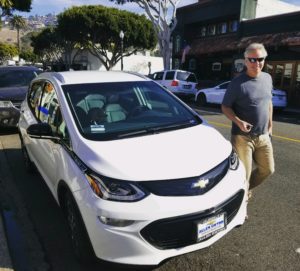 It’s time… Yes, time for new wheels, specifically time for new wheels that emit less greenhouse gas emissions. In the past ten years, I’ve increased my motorized transportation efficiency from 40 MPG (Honda Civic hybrid), to 50 MPG (Prius), and now 119 MPG! The Prius that I shamelessly advocate as the true people’s car of the 21st century, is now near obsolete, replaced with an all-electric Chevy Bolt.
It’s time… Yes, time for new wheels, specifically time for new wheels that emit less greenhouse gas emissions. In the past ten years, I’ve increased my motorized transportation efficiency from 40 MPG (Honda Civic hybrid), to 50 MPG (Prius), and now 119 MPG! The Prius that I shamelessly advocate as the true people’s car of the 21st century, is now near obsolete, replaced with an all-electric Chevy Bolt.

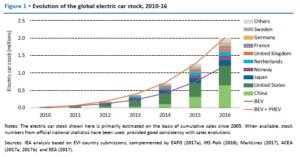
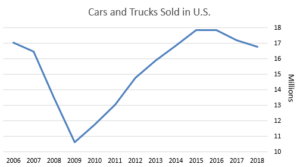
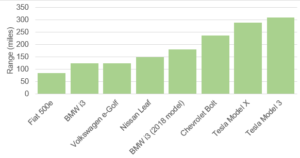
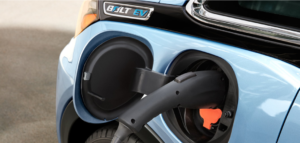 The Bolt’s basic charging is Level 1, done at home using 120 volts at a rate of 4 miles per hour of charge. Chevy recommends charging every day, topping off… as easy as charging your cell phone. To cover my commute, I need only 3 – 4 hours of charge time.
The Bolt’s basic charging is Level 1, done at home using 120 volts at a rate of 4 miles per hour of charge. Chevy recommends charging every day, topping off… as easy as charging your cell phone. To cover my commute, I need only 3 – 4 hours of charge time.